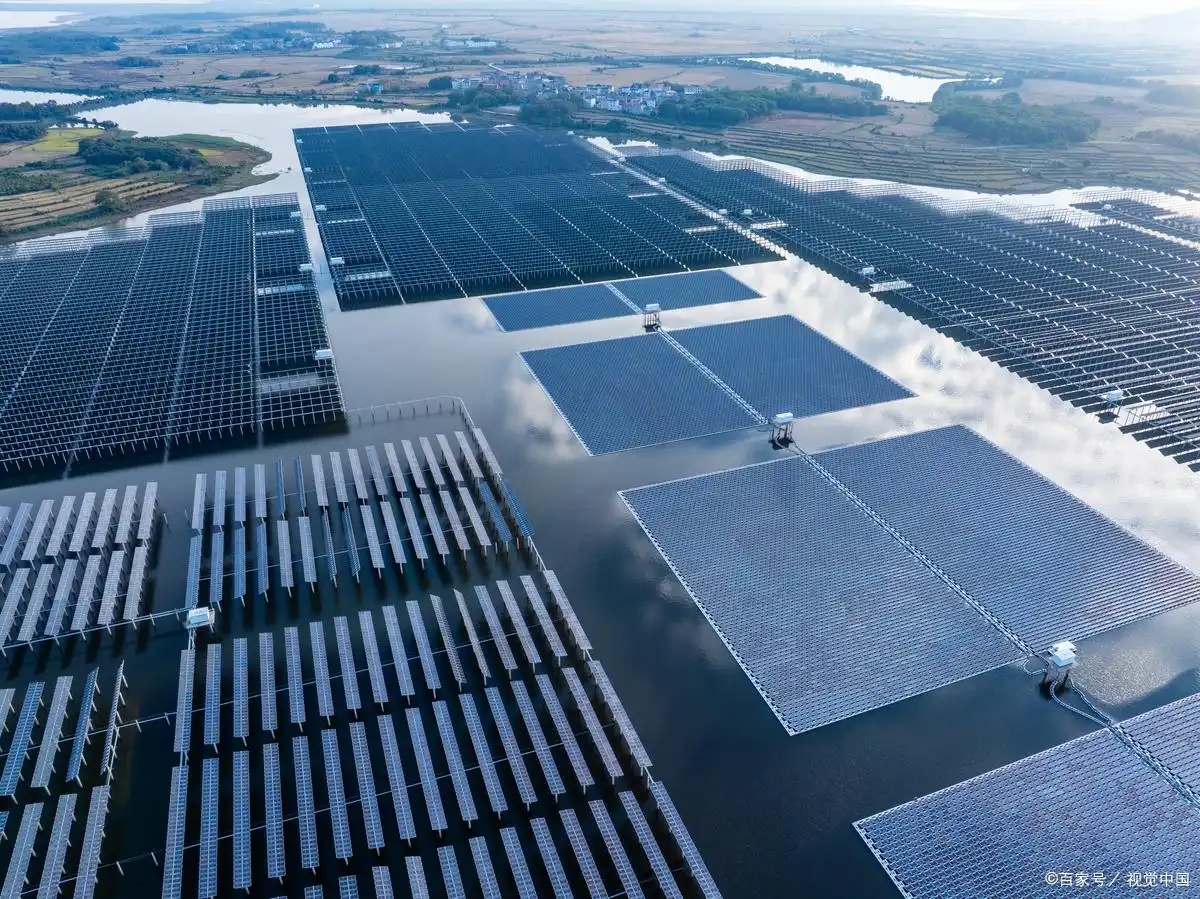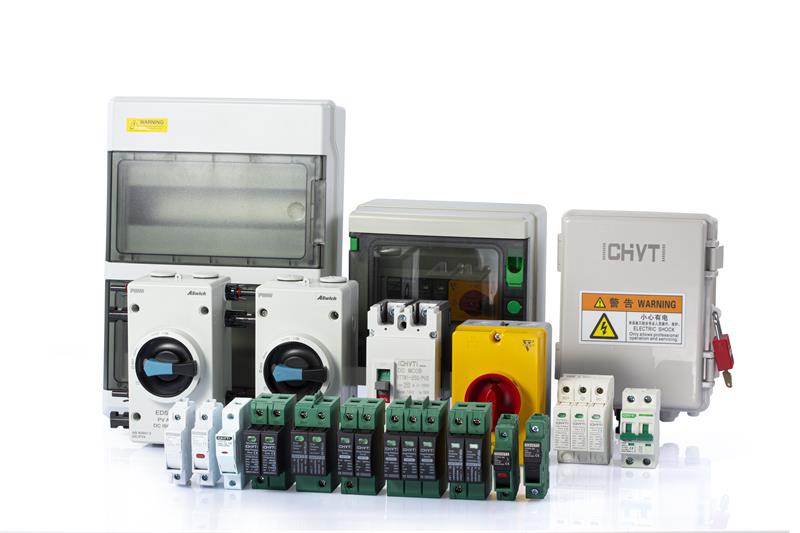
- English
- Español
- Português
- русский
- Français
- 日本語
- Deutsch
- tiếng Việt
- Italiano
- Nederlands
- ภาษาไทย
- Polski
- 한국어
- Svenska
- magyar
- Malay
- বাংলা ভাষার
- Dansk
- Suomi
- हिन्दी
- Pilipino
- Türkçe
- Gaeilge
- العربية
- Indonesia
- Norsk
- تمل
- český
- ελληνικά
- український
- Javanese
- فارسی
- தமிழ்
- తెలుగు
- नेपाली
- Burmese
- български
- ລາວ
- Latine
- Қазақша
- Euskal
- Azərbaycan
- Slovenský jazyk
- Македонски
- Lietuvos
- Eesti Keel
- Română
- Slovenski
- मराठी
- Srpski језик
Fault analysis and handling of photovoltaic combiner box
2025-06-12
As an important component of modern green energy, the operation and maintenance of photovoltaic power stations are crucial. As a key electrical equipment in photovoltaic power plants, the combiner box is of utmost importance in daily operation and maintenance.
Basic functions and structure of PV combiner box
The main function of a photovoltaic combiner box is to collect DC electrical energy from multiple photovoltaic strings and safely transmit it to subsequent DC distribution cabinets or inverters through protective devices such as circuit breakers and lightning arresters. Its structure usually includes a box shell, DC input terminal, lightning protection, DC circuit breaker, monitoring unit, and wiring terminals.
The following is a schematic diagram of the internal structure of the combiner box:
◆ Box shell: Made of stainless steel or plastic material, it has good sealing, corrosion resistance, and heat dissipation. The protection level usually reaches IP65, which can effectively prevent dust and moisture from entering.
◆ DC input terminal: Each combiner box has multiple input ports, corresponding to receiving currents from different photovoltaic strings. Each port is equipped with MC4 connectors or dedicated wiring terminals for easy string connection.
◆ Lightning protection: Built in lightning arrester, usually a surge protector (SPD) specifically designed for photovoltaics, is used to prevent overvoltage caused by lightning and protect the system from lightning damage.
◆ DC circuit breaker: Each input terminal is equipped with a DC circuit breaker for overcurrent protection. When abnormal current (such as short circuit or overload) is detected, the circuit is automatically disconnected to protect the safety of photovoltaic modules and systems
◆ Wiring terminals: Wiring terminals with clear markings inside are convenient for maintenance personnel to inspect and troubleshoot.
Common fault analysis and structure of PV combiner box
◆ Analysis of frequent tripping phenomenon of circuit breakers
Root cause tracing: This phenomenon may be due to short circuit connections between strings, physical damage to photovoltaic modules, incorrect operation during wiring, or the system being subjected to loads beyond its design range.
Processing guide: The first step is to isolate the affected input circuit, and then use a multimeter to accurately measure the open circuit voltage and short circuit current of the relevant photovoltaic string to accurately locate the abnormal component. If no obvious problems are found during the initial inspection, it is necessary to carefully check the connecting cables to confirm whether insulation damage is caused by aging, wear, or external factors, which may lead to grounding faults. Finally, the evaluation of the circuit breaker itself, including whether its rated current, voltage and other parameters match the system requirements, cannot be ignored. If necessary, replacement should be carried out to ensure the stable operation of the system.
◆ Response strategies for lightning arrester failure
Reason for failure: As a key equipment for protecting the system from lightning strikes and overvoltage, lightning arresters often fail due to direct lightning strikes or internal overvoltage of the system.
Process: Regularly checking the status of the indicator window or LED light of the lightning arrester is an effective means of preventing failure. Once the indicator window turns red or loses display, it indicates that the lightning arrester has been damaged and needs to be replaced immediately to avoid potential safety risks.
◆ Solution to the problem of high internal temperature in the combiner box
Cause analysis: The internal temperature of the combiner box is too high, usually due to foreign objects blocking the heat dissipation holes, excessive dust accumulation inside the box, or overheating of the heating elements caused by excessive current.
Solution: Firstly, it is necessary to clean the ventilation and heat dissipation holes of the combiner box to ensure unobstructed air circulation. At the same time, check and remove the dust inside the box to reduce thermal resistance. If the problem has not been fundamentally solved, it may be considered to add a cooling fan or optimize the insulation design of the box to reduce the impact of external environment on the temperature inside the box. In addition, it is necessary to trace the source of excessive current and adjust or repair related components to ensure that the system current is within a safe range.
◆ Cable joint overheating problem handling
Reason analysis: The overheating of cable joints is mainly due to poor contact, which increases the contact resistance and generates a large amount of heat.
Suggestion for handling: Use an infrared thermal imager to regularly monitor the temperature of cable joints inside and outside the combiner box. Once abnormal high temperature points are found, the relevant circuits should be immediately cut off to prevent fire accidents. At the same time, check the fastening condition of the overheated joint, and if necessary, remake the joint or replace damaged parts to ensure good contact and conductivity of the joint.
Fault prevention and maintenance structure for PV combiner box
◆ Regular inspection plan
Develop a detailed inspection plan, including electrical safety checks, cleaning and maintenance, performance testing, etc., to ensure that all aspects are executed according to the plan.
◆ Environmental adaptability adjustment
Corresponding measures should be taken for different climatic conditions, such as strengthening moisture-proof and heat dissipation measures in high temperature and rainy areas, increasing cleaning frequency in areas with large sandstorms, and reducing obstruction and wear.
◆ Spare parts management and inventory
Maintain necessary spare parts inventory, especially vulnerable parts such as circuit breakers, lightning arresters, connectors, etc., to ensure quick replacement in case of failure and reduce downtime
◆ Technical training and exchange
Organize the operation and maintenance team to participate in professional training, share the latest operation and maintenance technologies and fault cases, and enhance the overall skill level and emergency response capabilities of the team.
◆ Regular inspection and cleaning
It is recommended to clean the exterior of the combiner box every three months to six months to remove dust and dirt, and keep the heat dissipation holes unobstructed; At the same time, check the sealing of the box to ensure that there is no water vapor infiltration.
◆ Electrical performance testing
At least once a year, conduct a comprehensive electrical performance test, including measuring the voltage and current of each input circuit to ensure they are normal, checking the working status of circuit breakers and lightning arresters, and ensuring the stability of communication module connections.
◆ Lightning protection and grounding confirmation
Regularly verify the effectiveness of the lightning protection system, check the status indication of the lightning arrester, and conduct lightning protection testing if necessary; At the same time, ensure that the grounding continuity and grounding resistance of the combiner box meet the requirements.





